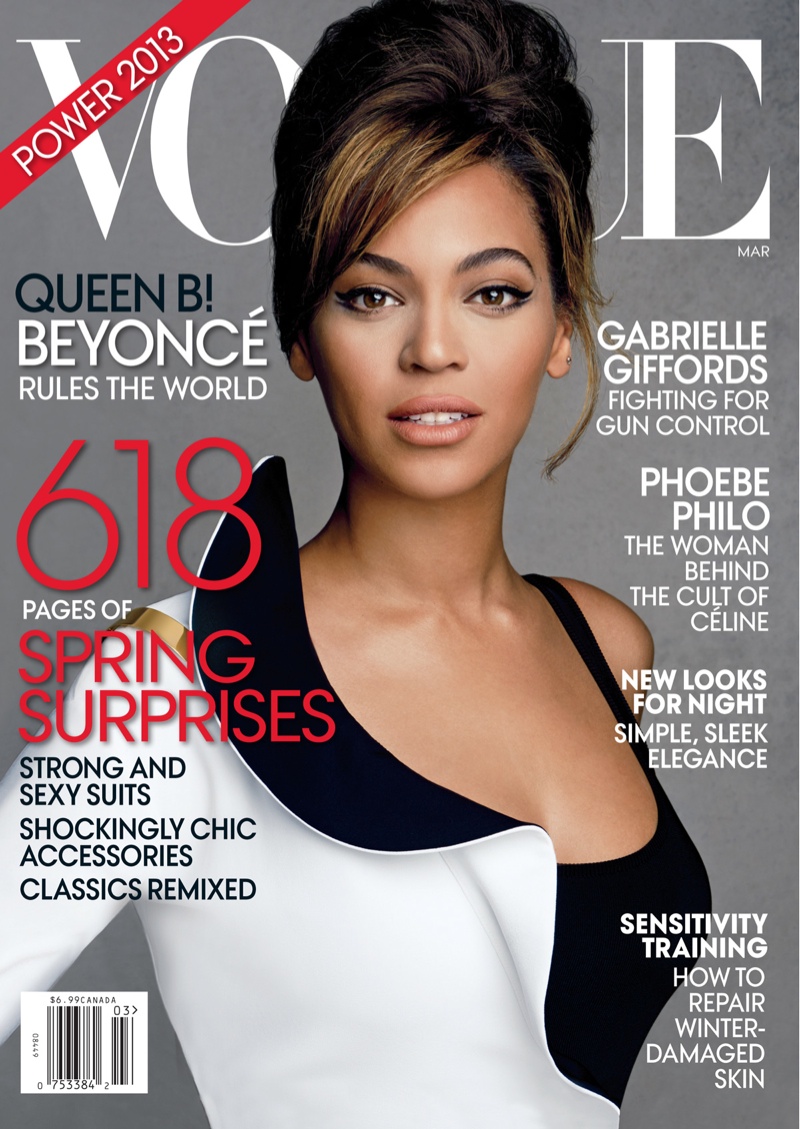
Hegemonic reading
The hegemonic reading for this advert would be that it is an inspiring/motivational advert as the typography 'i am what i am' shows 50 cent's confidence in who he is and highlights that he is proud of who he has become. The image of fingerprints within the frame with the brand logo underneath is a sign to represent how 50 cent may have had a rough start but has grown into somebody who is successful and respectable.
Negotiated reading
A negotiated reading may be that some of the audience may understand Reebok's intentions to inspire through the use of a popular figure who has shown growth and maturation, however they may believe that they shouldn't influence young consumers with somebody who has been associated with what they believe is a dark past due to his involvement with drugs and crime.
Oppositional reading
Some audiences may believe the complete opposite of the brands intentions as they may perceive the advert as an exploitation of 50 cent and his life as well as to other 'ordinary' people who may come from the same background or have faced similar experiences. Some consumers may argue that it is unfair to use 50 cent as the main subject for this advert as Reebok know that people from ethnic minorities or people who has a similar early life to 50 cent may not be able to afford such products, and using a public figure they may look up to may make them want the product more, making it more difficult to deal with if they can't get it.

Hegemonic reading
The hegemonic reading for this advert is similar to the first as Nike's aim is to encourage and inspire their audience through using a successful public figure. The fact that they have also used a black woman is deliberate as they are trying to convey how they recognise their importance and don't discriminate. They have also used somebody they believe is a role model to a lot of people to boost their brand image as success will be associated with their brand from this advert.
Negotiated reading
Although the audience may recognise that Nike may have good intentions they may disagree with their choice of celebrity as it is unfair of them to use people from the black community to their own advantage.
Oppositional reading
Some consumers may see the advert from a completely different point of view than what Nike's actual belief is as they may see the advert as exploiting celebrities and 'milking off' of their fame in order to achieve success from themselves. This would mean they view the brand as unethical and untrustworthy as the audience may perceive Nike as portraying fake beliefs.
Do these adverts provide evidence for the idea that audiences are free to interpret messages in a variety of ways - including rejecting them?
A myth in society is when the connotation of the something is so well established that we don't consider other meanings. The idea of a myth suggests that sources of media, such as the adverts above, can be interpreted in more than one way by audiences. Studying media means looking at the way a sign/text is interpreted and how it comes across to the consumer and the fact that all media is polysemic means that it can be interpreted in different ways as 'poly' means more than one. It is not simply passively accepted by the audience. This is known as the Reception Theory.
Stuart Hall introduced the idea of three different readings - hegemonic, negotiated and oppositional. A hegemonic reading (also known as the 'dominant' or 'preferred' reading) is what the creator intends for the audience to perceive. The negotiated reading is a middle ground between the producers intentions and the audiences personal view. Lastly, the oppositional reading (also referred to as the 'counter-hegemonic reading') is an alternative reading that is actively against the producers intentions. This means the audience infers the complete opposite of what the producer originally intended to represent.
In both of the adverts i analysed, i have identified that audiences are free to interpret messages in a variety of ways - depending on their own point of view. I know this as both adverts show signs that support all three readings. This means Hall's Reception theory is in fact true as the adverts prove that media can be deciphered in a number of ways based on the individuals opinion. Different viewpoints vary due to a number of factors such as upbringing and location (as different places may have different norms and values).
On the other hand, more viewpoints and opinions are discussed and explored, resulting in the change of attitudes;people become more of accepting of interpretations they once might not have believed. This leads to more people agreeing on things, showing an increased hegemonic reading.
